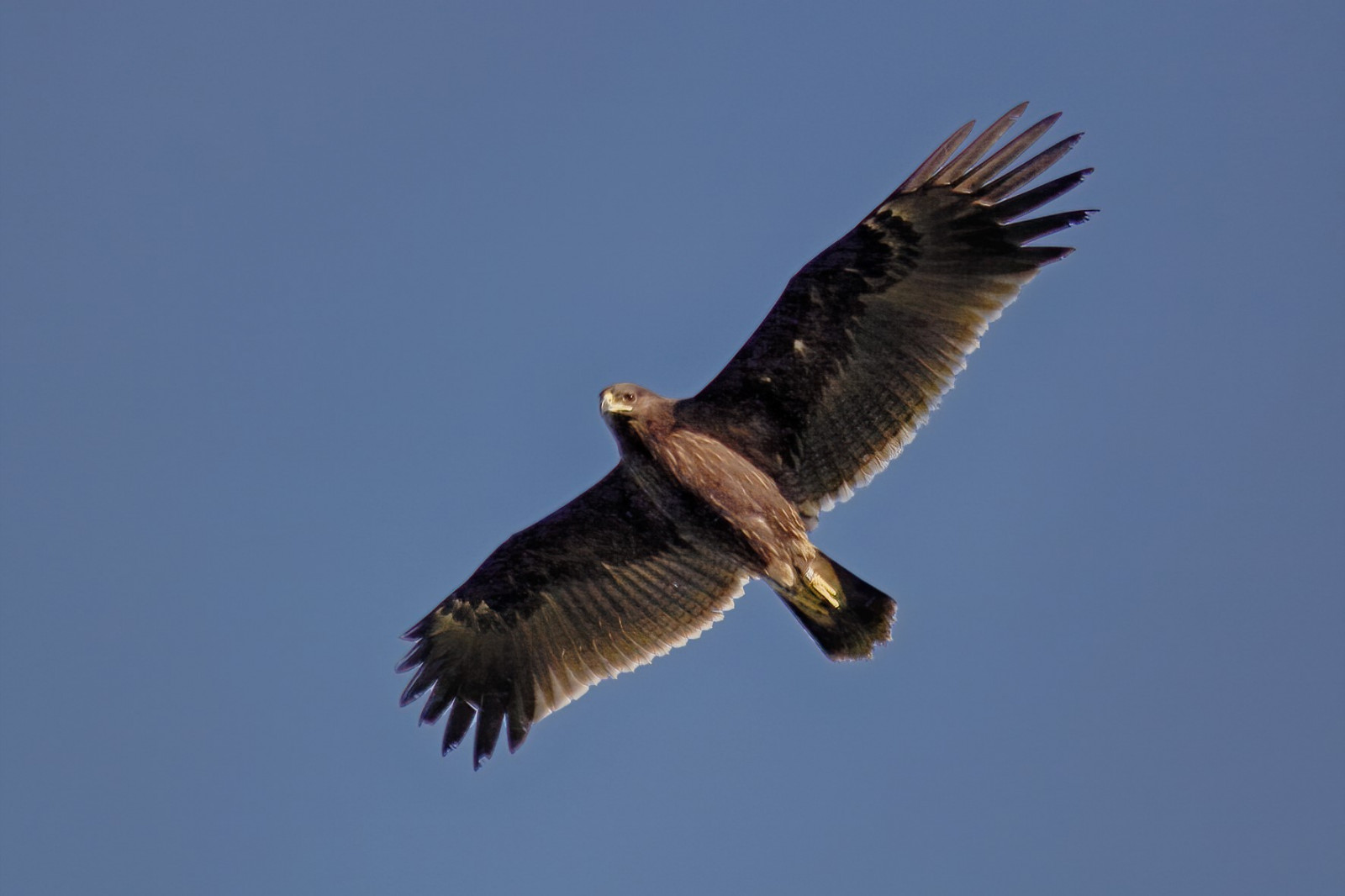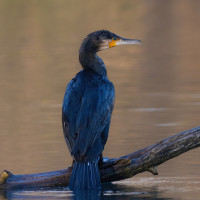Descrizione
Breeding speciesi Nyirkai-Hany include Cormorano (which breeds in a conspicuous colony in dead trees),Marangone minore, Oca selvatica, Airone rosso, Airone bianco maggiore, Nitticora, Tuffetto and Svasso maggiore, Aquila di mare, Pavoncella, Avocetta, Cavaliere d'Italia and Sterna comune. A few Marzaiola, Fistione turco and Moriglione breed here as well. Gabbiano corallino shift their main breeding site between Lange Lacke, Illmitzer Zicksee, the expanses of water at Mexicopuszta, and the Nyirkai-Hany, depending on water levels. There even used to be a small Spatola colony here, which has not, however, been used in the past years. All three marsh tern species hunt here regularly during migration, and Moretta tabaccata also occurs occasionally. At the right water levels, the Nyirkai-Hany can become a real Eldorado for waders. In winter, Aquila imperiale and also Aquila anatraia maggiore are regularly encountered. One or two individuals of this latter rare migrant have been wintering in the Hungarian part of the Neusiedler See - Seewinkel National Park since 1996 – especially, in recent years, in the Nyirkai-Hany.
Dettagli
Accesso
The train station of Hanságliget is a little more than 2 km from the starting point of this route (and about 5 km from the observation tower). On road 86 from Hanságliget to Bősárkány, turn west onto a small road immediately after crossing the Rábca. The road crosses the railway line a little further on before coming up against a barrier at a pumping station. From here, the rest of the way (about 2 km south- west) must be done on foot or by bicycle. The path along the embankment is lined with willows and groves, from which Tortora selvatica, Picchio verde, Cuculo, Usignolo, Pendolino, Luì piccolo among others, are heard singing during breeding season. Various reed birds such as Forapaglie comune, Cannaiola, Cannareccione, Salciaiola as well as Migliarino di palude can be heard from the stands of reeds on both sides of the path. At the end of the straight path, turn right to soon reach the only observation tower of the area, which offers the best view of the expanses of water of the Nyirkai-Hany. The route returns along the same path.
Terreno e habitat
Zona umida , Alberi e cespugli sparsi , Prateria/pascolo , Steppa , Brughiere/lande , CannetiCaratteristiche dell’area
Terreno piano , Paesaggio apertoPercorso ad anello
NoÈ utile un cannocchiale?
Può essere utileBuona stagione per il BW
Tutto l'annoMiglior periodo per visitare
Autunno , EstatePercorso
Strada sterrataGrado di difficoltà del percorso a piedi
FacileModalità di accesso
A piedi , BiciclettaCapanno/torretta di osservazione
SiInformazioni aggiuntive
Up until its drainage in the course of modern hydraulic engineering measures, the “Hanyság” (as it is marked in older works of cartography) had been a wetland shrouded in legend and only frequented by fishermen and hunters. It was hunters who published the most detailed accounts of the region’s animal diversity before the completion of the main regulation channel, the Einser-Kanal.







